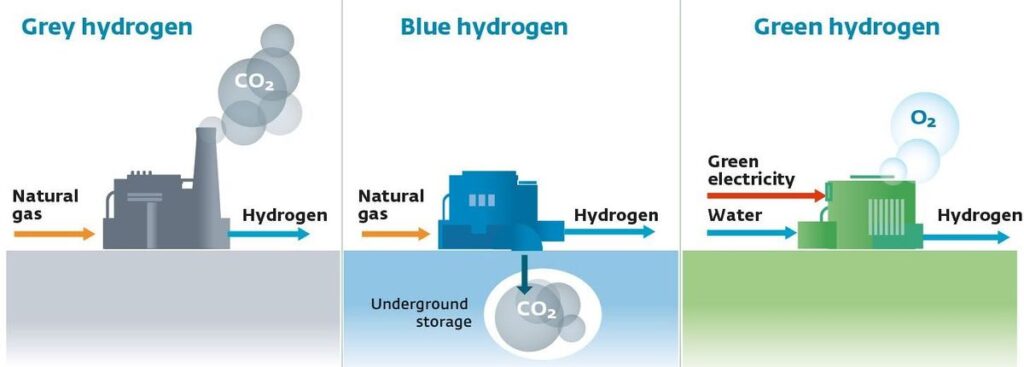As we all know, the important material basis for all aspects of national development is energy. The development of energy is directly related to the level of modernization of a country. There are three main types of energy that people now use: one is energy from celestial bodies other than the Earth, such as the sun’s radiant energy. One type is the energy contained in the earth itself, such as fossil energy, geothermal energy, etc. Another category is the energy generated by the interaction between the Earth and celestial bodies, such as tidal energy and the energy contained in winds and ocean currents.
The importance of clean energy
Countries are making great efforts to develop clean and efficient energy sources to replace traditional fossil energy sources. Hydrogen energy is gradually entering people’s vision. Facing the double carbon target, hydrogen is undoubtedly the best element. Hydrogen energy has high energy density, high conversion efficiency and the end product of combustion is only water. Apparently, it is an absolutely clean energy carrier, which is very much in line with the national expectation of future mainstream energy. It has the advantages of sustainability, high calorific value and high energy density. It is one of the most promising alternatives to fossil fuels and is the ideal energy source for human society.
Types of hydrogen energy
Hydrogen is divided into three categories: gray hydrogen, blue hydrogen and green hydrogen. Grey hydrogen is hydrogen produced by burning fossil fuels, and the technology for producing this type of hydrogen is relatively simple. However, the process emits more CO2, which is not in line with the dual carbon goal.
Blue hydrogen is hydrogen made from natural gas through a series of reactions. Although greenhouse gases are also produced in the production of blue hydrogen, the greenhouse gases produced are captured due to the many advanced technologies used in the production process. This mitigates the impact of natural gas hydrogen production on the earth’s environment, thus achieving a somewhat low-emissions production. Green hydrogen, on the other hand, is hydrogen produced through the use of renewable energy sources. For example, hydrogen production by electrolysis of water, hydrogen production by solar pyrolysis of water, etc., which is more friendly to the environment. It is the most ideal form of hydrogen energy utilization. Therefore, gray hydrogen is undesirable, blue hydrogen can be used, and green hydrogen is the direction.
In the process of producing green hydrogen, electrolytic water to hydrogen technology commonly uses fresh water as the main raw material for production. However, due to the global scarcity of fresh water resources. It only accounts for about 2.53% of the world’s total water resources. Therefore, the direct electrolysis of seawater to obtain hydrogen energy is particularly critical. Seawater has abundant reserves and high ionic conductivity electrolysis can be coupled with green energy such as wind energy. So the technology is feasible and convenient. However, due to the limitation of current technology and manufacturing cost. It will take time for green hydrogen to realize industrialization.
